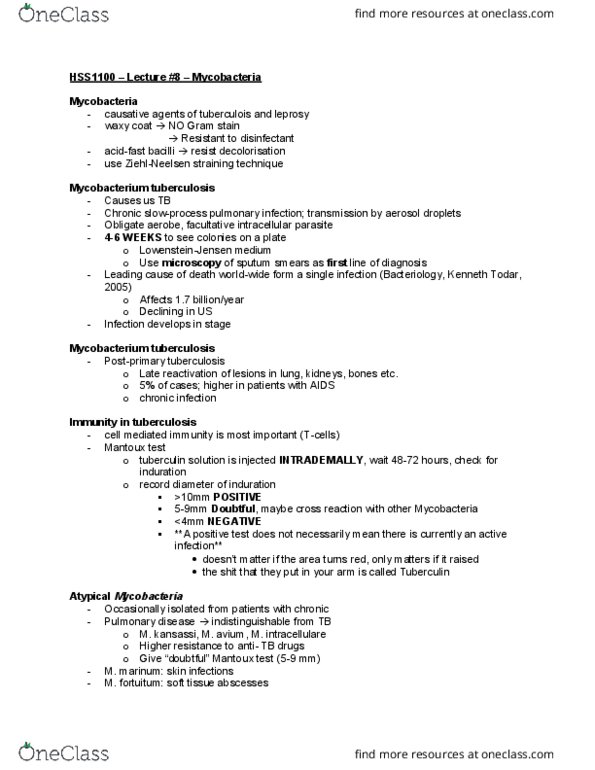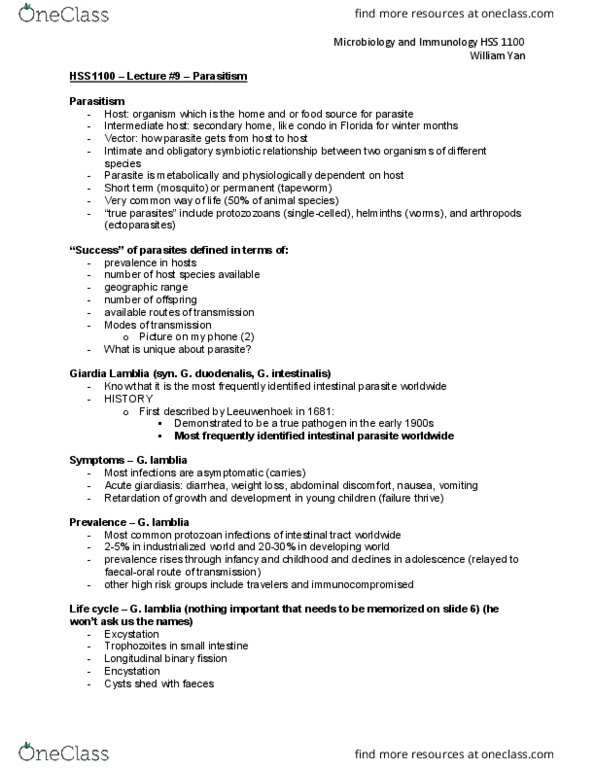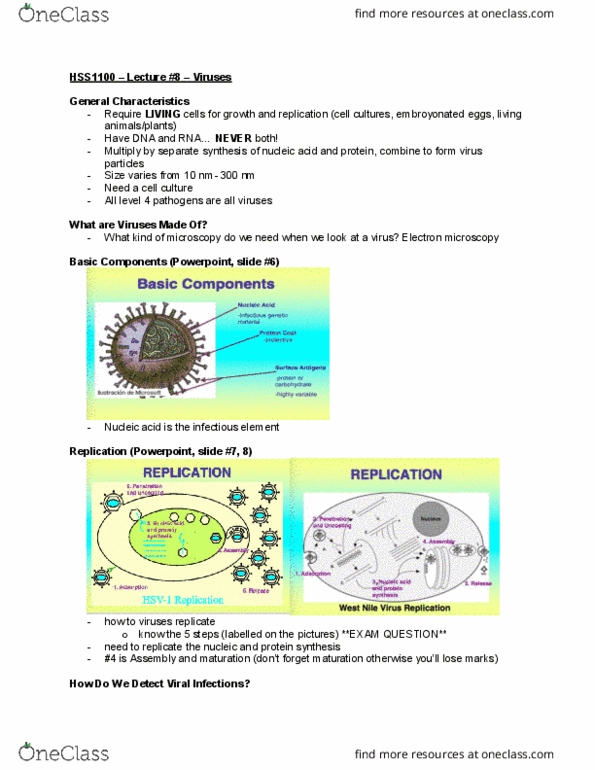HSS 1100 Lecture Notes - Lecture 9: Giardia Lamblia, Intestinal Parasite Infection, Giardiasis
HSS 1100 verified notes
9/13View all
Document Summary
Intermediate host: secondary home, like condo in florida for winter months. Host: organism which is the home and or food source for parasite. Vector: how parasite gets from host to host. Intimate and obligatory symbiotic relationship between two organisms of different species. Parasite is metabolically and physiologically dependent on host. Very common way of life (50% of animal species) True parasites include protozozoans (single-celled), helminths (worms), and arthropods (ectoparasites) Modes of transmission: picture on my phone (2) Know that it is the most frequently identified intestinal parasite worldwide. History: first described by leeuwenhoek in 1681, demonstrated to be a true pathogen in the early 1900s, most frequently identified intestinal parasite worldwide. Acute giardiasis: diarrhea, weight loss, abdominal discomfort, nausea, vomiting. Retardation of growth and development in young children (failure thrive) Most common protozoan infections of intestinal tract worldwide. 2-5% in industrialized world and 20-30% in developing world.





